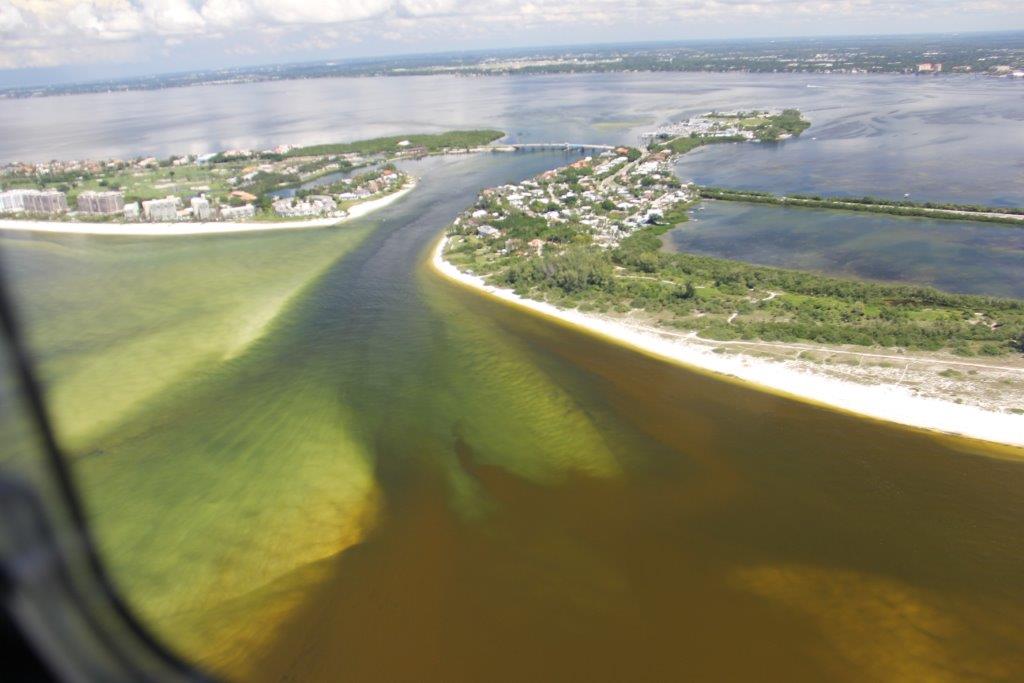Natural disasters like red tide events disrupt normal daily life within communities and reduce the attractiveness of a destination for tourists. An uptick in the occurrence or severity of such hazardous and disruptive events can have very distinct and catastrophic socioeconomic impacts that are important to understand, said GCOOS Senior Advisor Dr. Barbara Kirkpatrick. “We know that red tides impact communities in really negative ways — from sending people with chronic lung diseases to emergency rooms to forcing coastal communities to spend millions on cleanup. Now, thanks to this study, we’re gaining even more insights into the true costs for recurring red tide blooms.”
Geographically, a majority of the economic losses from the 2018 bloom occurred in Southwest Florida, however, due to spillover effects, more than 15% of the overall economic effects occurred throughout the rest of the state of Florida.
“Our findings show that red tide events do affect tourism, specifically tourism associated with out-of-state visitors, and that these changes result in broader economic losses for the local, regional, and state economy,” says Dr. João-Pedro Ferreira, postdoctoral associate at UF/IFAS Food and Resource Economics (FRE) Department and lead author on the article. “If this phenomenon can’t be avoided, then local and state authorities and tourism management professionals must design and implement appropriate risk management strategies to minimize their effects and increase resiliency of the tourism industry to these types of events. The volume of economic losses is quite significant and localized in regions that are dependent on marine-related tourism and recreation. Due to links and dependencies between industries and households, the decline in expenditures associated with tourism will have an impact on revenue, jobs, income, and even taxes in industry sectors that are not directly affected.”
Having a more complete understanding of the social and economic impacts to communities resulting from harmful algal blooms (HABs) like red tides is critical to an informed decision-making process, said Dr. Christa Court, assistant professor with the UF/IFAS FRE Department and Director of the Economic Impact Analysis Program and Florida Sea Grant affiliate faculty.
“Accurate and defensible estimates of the variety of economic losses associated with HAB events will help to frame the need for public expenditures to mitigate future HAB events or offset the economic losses associated with them,” she said. “Our research team has several continuing efforts under way to further quantify the economic impacts of red tide and other HAB events in Florida and other regions.”
The study also points to the need to address the impacts of HABs on a national level, said David Kidwell, NOAA NCCOS Competitive Research Program Director. “HAB events had significant effects on Florida tourism and coastal communities and, over the last 30 years, there has been a significant increase in some HAB events across the U.S. The results of this study support the development of a national framework for future HAB assessments that can inform decision-making and help resource managers lessen impacts on communities.”















